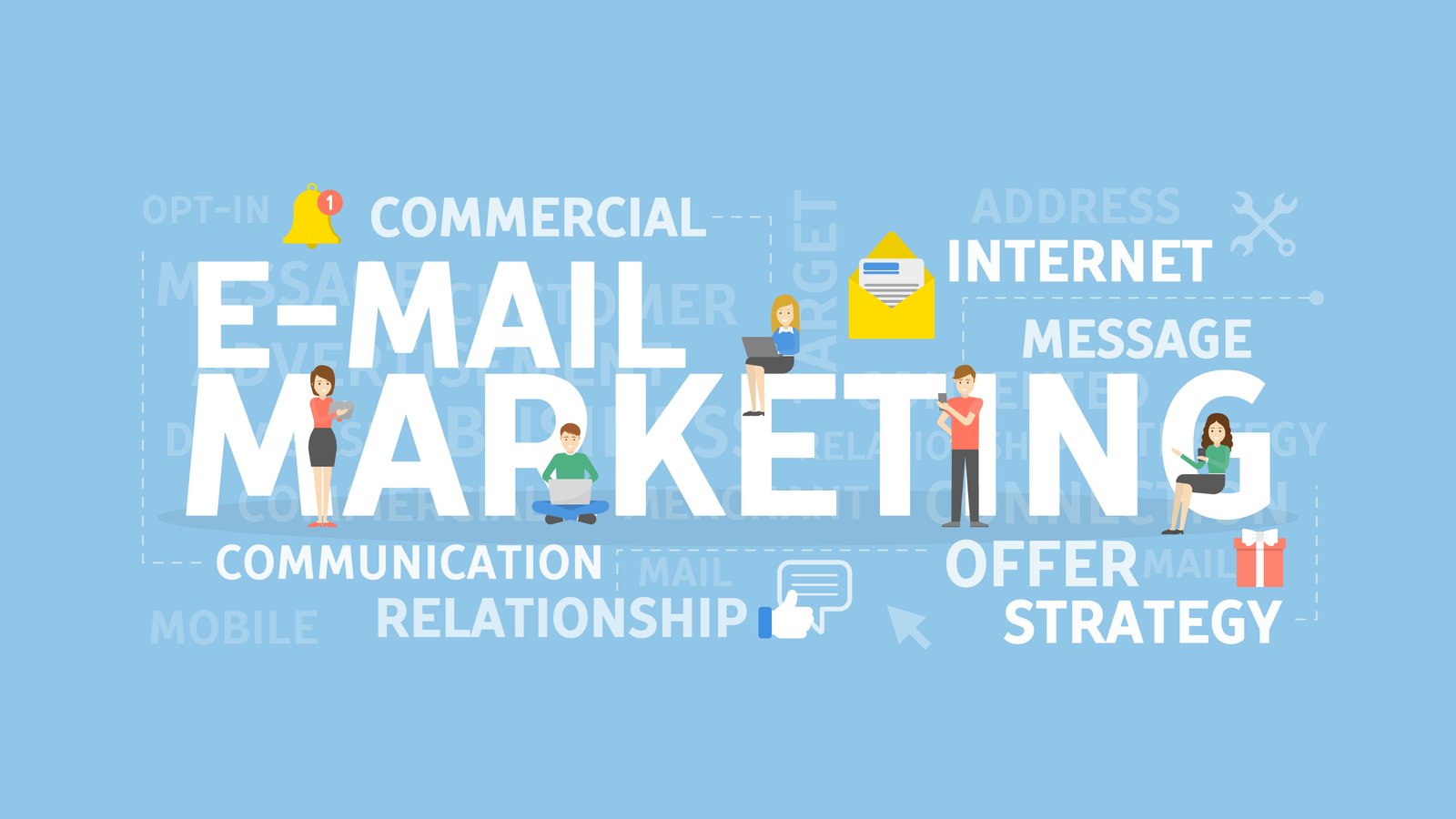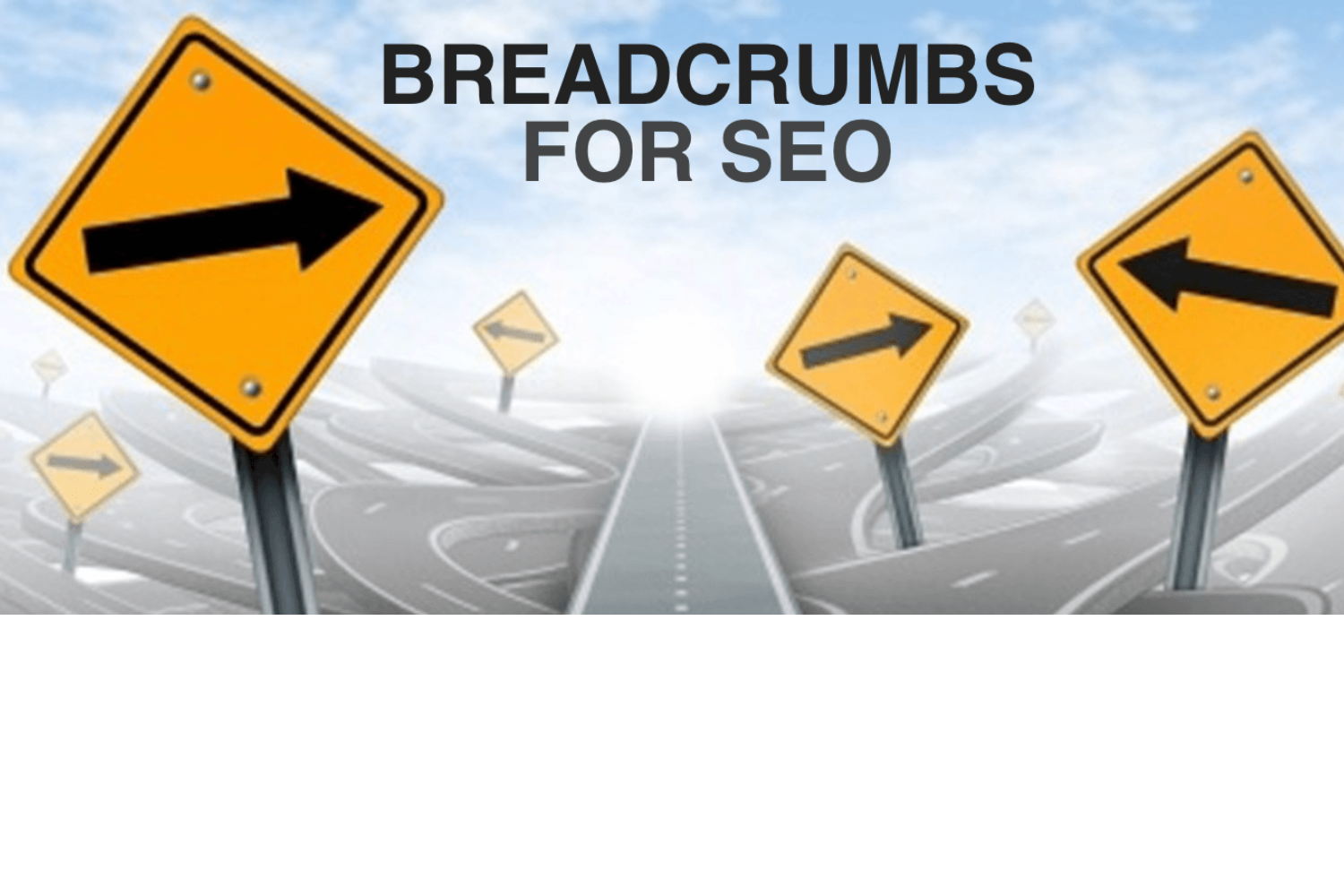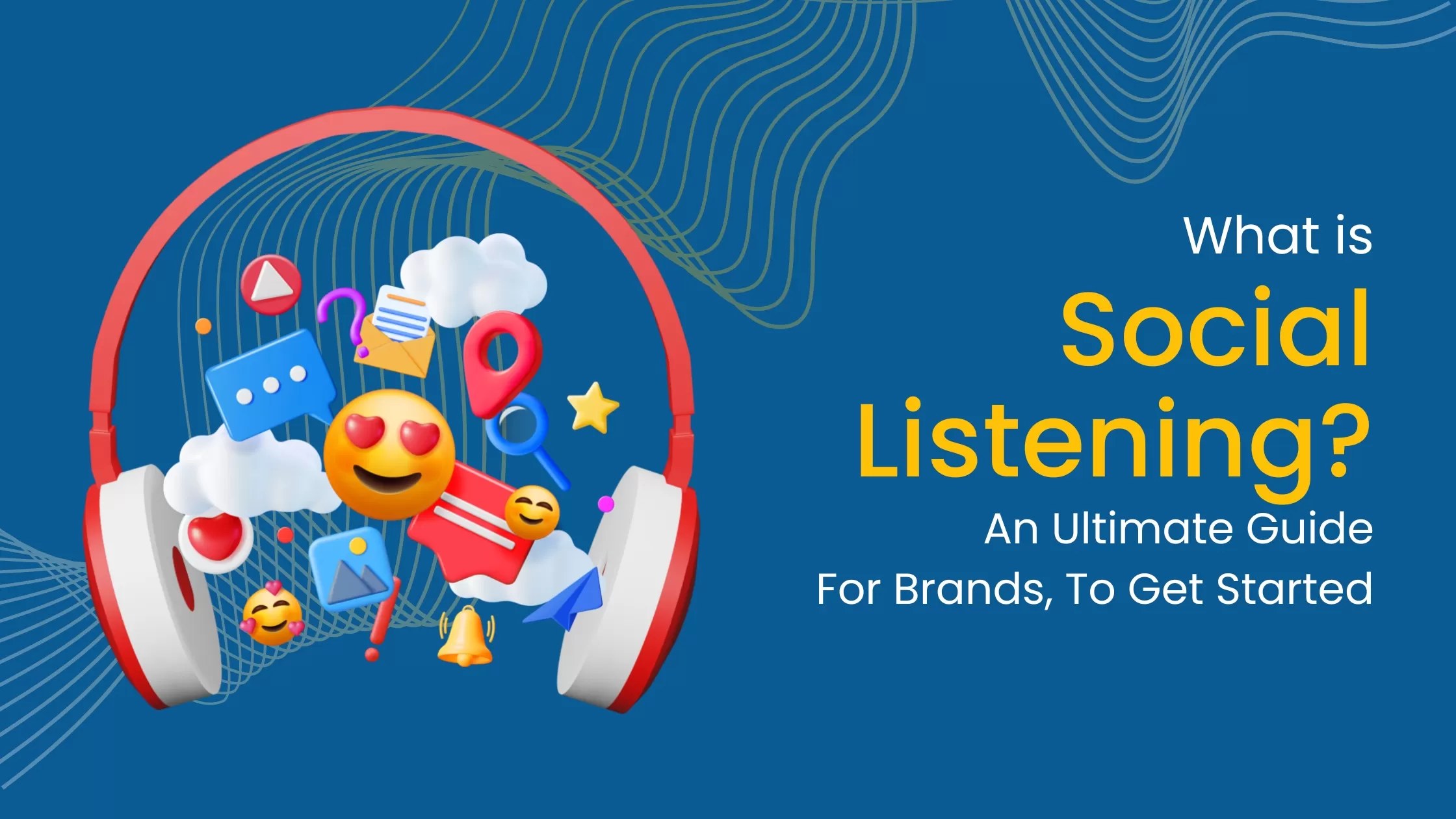09 December
Mastering Email Marketing for E-commerce: Proven Strategies to Boost Sales
published
October 23topics
#Email MarketingIn the dynamic world of e-commerce, where competition is fierce and consumer expectations are ever-evolving, having a robust email marketing strategy is crucial for sustained success. Email marketing, when executed effectively, can be a powerful tool to engage customers, build brand loyalty, and, most importantly, boost sales. In this comprehensive guide, we will delve into proven strategies that e-commerce businesses can implement to maximize the impact of their email marketing campaigns and drive revenue growth.
1. Understanding the E-commerce Landscape:
The role of email marketing in the e-commerce ecosystem: Email marketing serves as a direct and personalized communication channel with customers. It plays a pivotal role in driving sales, building brand loyalty, and fostering long-term customer relationships in the e-commerce ecosystem.
Key challenges faced by e-commerce businesses: Challenges may include fierce competition, customer trust issues, and adapting to rapidly changing market trends. Recognizing these challenges is essential for developing effective email marketing strategies that address and overcome them.
2. Building a High-Quality Email Subscriber List:
Strategies for growing and maintaining a robust email list: Implementing strategies such as creating compelling lead magnets, offering exclusive discounts, and optimizing website opt-in forms can help in steadily growing and maintaining a healthy email subscriber base.
Leveraging lead magnets and incentives for opt-ins: Lead magnets, like eBooks, guides, or exclusive content, serve as incentives for users to subscribe to your email list. Offering value in exchange for contact information enhances the likelihood of obtaining high-quality leads.
3. Segmentation and Personalization:
Personalization techniques for targeted messaging: Personalizing emails based on customer data, preferences, and behavior can significantly improve engagement. Techniques include using the subscriber's name, recommending products based on past purchases, and tailoring content to specific segments.
Case studies highlighting successful segmentation strategies: Provide real-world examples of businesses that effectively utilized segmentation to tailor their email campaigns. Showcase how personalized content resulted in increased engagement and, ultimately, boosted sales.
4. Crafting Compelling Email Content:
Optimizing email copy for readability and engagement: The body of your email should be concise, scannable, and engaging. Utilize clear and persuasive language, incorporate visuals strategically, and maintain a balance between text and multimedia elements.
Incorporating visuals and multimedia elements: Visuals, such as product images, videos, and GIFs, can significantly enhance the appeal of your emails. Showcase products in action, highlight key features, and create visually compelling content that aligns with your brand.
5. Effective Use of Drip Campaigns:
Creating drip campaigns to nurture leads: Develop a series of automated emails that are strategically timed to provide relevant information and incentives. Drip campaigns can include welcome sequences, educational content, and special offers to keep leads engaged.
Examples of successful drip campaigns in e-commerce: Highlight real-world examples of e-commerce businesses that effectively used drip campaigns to guide leads through the sales funnel. Showcase the impact on conversion rates and customer retention.
6. Leveraging User-generated Content:
Encouraging customers to share reviews and testimonials: Implement strategies to actively encourage customers to share their experiences and opinions. This can include post-purchase emails, incentives for reviews, and showcasing customer testimonials in email content.
Showcasing user-generated content in email campaigns: Demonstrate how businesses can effectively integrate user-generated content in their emails. This could involve featuring customer reviews, photos of products in use, or success stories that resonate with the target audience.
7. Flash Sales and Limited-Time Offers:
Designing effective flash sales and limited-time offers: Provide insights into designing compelling offers, ensuring they are clear, attractive, and time-sensitive. Discuss how to communicate the value of the offer in a way that motivates quick decision-making.
Case studies on successful campaigns using urgency: Highlight instances where e-commerce businesses successfully utilized urgency in their email campaigns. Analyze the elements that contributed to the success of these campaigns and the resulting impact on sales.
8. Optimizing for Mobile Users:
Designing mobile-friendly email templates: Provide practical tips for designing responsive email templates that adapt to different screen sizes. This includes optimizing images, using mobile-friendly fonts, and ensuring a clear and concise layout.
Tips for ensuring a seamless mobile user experience: Offer advice on how to create a positive user experience for mobile users, from concise and engaging content to easy navigation and prominently placed calls-to-action.
9. Data Analytics and Metrics:
Utilizing data analytics to refine strategies: Highlight the role of data analysis in understanding customer behavior. Discuss how businesses can use analytics tools to gain insights, identify patterns, and continuously refine their email marketing strategies for better results.
Implementing A/B testing for continuous improvement: Explain the concept of A/B testing and its application in e-commerce email marketing. Showcase how businesses can use A/B tests to experiment with different elements and optimize their campaigns based on real-time data.
10. Re-engagement and Cart Abandonment Strategies:
Strategies to re-engage customers and recover abandoned carts: Explore proven tactics for re-engaging customers who abandoned their shopping carts. This may involve sending reminder emails, offering incentives, or incorporating dynamic content to entice customers back to complete their purchase.
Implementing automated follow-up sequences: Highlight the benefits of setting up automated sequences to follow up with customers who have abandoned their carts. Discuss the timing, content, and personalization aspects of these sequences for optimal effectiveness.
11. Social Media Integration:
Integrating social media elements into email campaigns: Provide insights into incorporating social media elements, such as share buttons and social proof, directly into email campaigns. Showcase how businesses can leverage their social presence to enhance the reach and impact of email content.
Cross-channel strategies for maximum impact: Explore strategies that bridge the gap between email and social media channels. This might involve running campaigns that encourage social sharing, promoting exclusive social media offers via email, or leveraging user-generated content across both platforms.
12. Compliance and Best Practices:
Best practices for ensuring compliance in e-commerce email marketing: Provide a comprehensive guide on best practices for maintaining compliance in e-commerce email marketing. This includes obtaining explicit consent, transparent privacy policies, and respecting user preferences.
Protecting customer data and building trust: Discuss the significance of safeguarding customer data in building trust. Share practices for secure data handling, transparent communication about privacy measures, and maintaining a trustworthy brand image.
13. Case Studies: Real-world Success Stories:
Analysis of what made these campaigns effective: Conduct a detailed analysis of the key elements that contributed to the success of the showcased campaigns. This could include effective segmentation, compelling content, strategic timing, or innovative use of technology.
Lessons that other businesses can learn from these case studies: Extract actionable lessons and insights from the case studies. Provide practical takeaways that other e-commerce businesses can apply to enhance their own email marketing strategies and drive sales.
14. The Future of E-commerce Email Marketing: Trends to Watch:
Explore cutting-edge technologies, such as artificial intelligence (AI), machine learning, and automation, and their potential impact on the future of e-commerce email marketing.Offer informed predictions on how email marketing in the e-commerce sector is likely to evolve. This may include advancements in personalization, interactive content, and the integration of new communication channels.
Provide actionable advice for e-commerce businesses to stay ahead of evolving trends. This might involve investing in new technologies, staying agile in strategy, and continuously adapting to meet changing consumer expectations.
Conclusion:
Summarize the key points covered in the blog and emphasize the importance of a holistic and adaptable approach to e-commerce email marketing. Encourage businesses to implement the strategies discussed and stay vigilant in monitoring industry trends for sustained success.
FAQ’s
1. What is the significance of email marketing in the e-commerce industry?
A. Email marketing is crucial in the e-commerce industry for driving sales, building brand loyalty, and fostering long-term customer relationships. It serves as a direct and personalized communication channel with customers.
2. How can I build a high-quality email subscriber list for my e-commerce business?
A. To build a high-quality email list, focus on strategies such as offering compelling lead magnets, providing exclusive discounts, and optimizing website opt-in forms. Quality over quantity is essential for a genuinely interested audience.
3. Why is segmentation important in e-commerce email marketing?
A. Segmentation allows businesses to categorize subscribers based on specific criteria, enabling targeted and personalized communication. This ensures that messages resonate with different audience segments.
4. What are some effective strategies for re-engaging customers who abandoned their shopping carts?
A. Strategies for re-engaging customers include sending reminder emails, offering incentives, and implementing automated follow-up sequences. These tactics aim to entice customers back to complete their purchase.
5. How can I integrate user-generated content into my e-commerce email campaigns?
A. Encourage customers to share reviews and testimonials. Incorporate user-generated content, such as customer reviews and photos, in email campaigns to enhance trust and authenticity.
6. Why is mobile optimization crucial for e-commerce email campaigns?
A. A significant portion of email opens occurs on mobile devices. Mobile optimization ensures a seamless user experience, including responsive design, clear visuals, and concise content, for users on various devices.
7. What metrics should I focus on to measure the success of my e-commerce email campaigns?
A. Key metrics include open rates, click-through rates, conversion rates, and revenue generated per email. These metrics provide insights into the performance and effectiveness of email campaigns.
8. How can I ensure compliance with data protection regulations in e-commerce email marketing?
A. Adhere to regulations such as GDPR by obtaining explicit consent, maintaining transparent privacy policies, and respecting user preferences. Protecting customer data is crucial for building trust.
9. Can you provide examples of successful e-commerce businesses with effective email marketing strategies?
A. The blog includes case studies showcasing successful e-commerce businesses. These examples highlight unique approaches, innovative campaigns, and lessons that other businesses can learn from.
10. What are some emerging trends in the future of e-commerce email marketing?
A. Emerging trends include the use of advanced technologies like AI, machine learning, and automation. Predictions suggest advancements in personalization, interactive content, and integration with new communication channels.Become Our Next Obsession With Your Project.
Let’s talk
We're excited to discuss your ideas, goals, needs, and dreams. Let's schedule a call.
Start a projectSome topics to look into
discover our blog22 November
02 November






